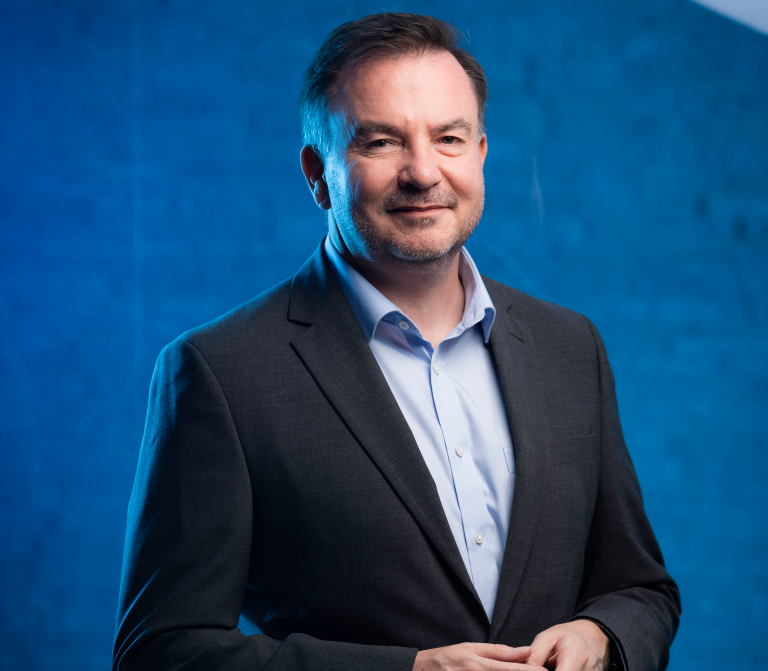
Steve Collinson’s career story is unique
You will lead HR Business Partnering, OD, and Learning & Development, and also oversee HR related managed services. You may already be an HR Director
HR Project Manager Job Title: HRProject Manager Location:North London Sector: Education ContractType: Permanent About the Role We havepartnered with an Educational establishment who are looking
HR Analytics and Reporting: Utilise HR metrics and analytics to inform decision-making and report on HR performance. Purpose of the Role The Human Resources Director